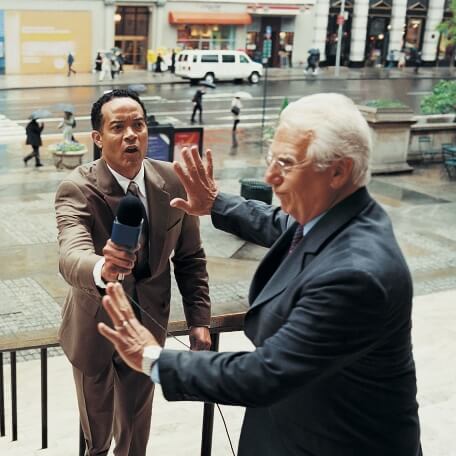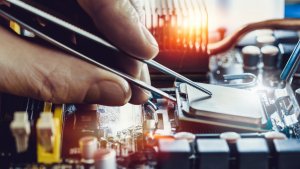Novoheart's 'heart in a jar' technology is shifting the way science researches solutions to critical health problems.
Novoheart's Alternative To Animal Testing For Drug Discovery
Novoheart's 'heart in a jar' technology is shifting the way science researches solutions to critical health problems.
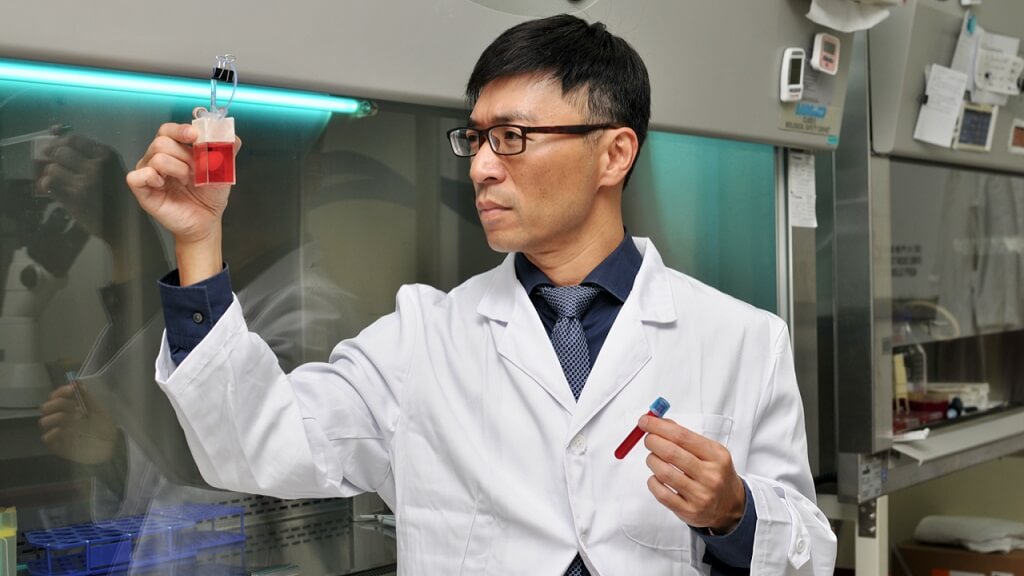
Prof. Ronald Li is CEO & co-founder of Novoheart, a business which could transform drug testing and transplant procedures for a range of heart conditions. He explains how it works and how, as a group of scientists, his team had to learn about the mechanics of business to win investment.
1. What’s the business in a nutshell?
Novoheart is a global biotech company founded upon two decades of scientific collaborations by myself and my two scientific co-founders, Kevin Costa (now CSO) and Michelle Khine (now a member of our Scientific Advisory Board).
Listed in Toronto and Frankfurt, and with R&D laboratories and offices in Canada, U.S. and Hong Kong, we are the first and only company to develop the “human heart-in-a-jar”, using the latest stem cell and tissue engineering technologies.
We believe that these technologies can be applied, using our team’s collective expertise, to achieve 2 goals: (1) to revolutionise drug discovery by providing human-specific, engineered heart tissue models for accurate drug testing that can better predict clinical outcomes than traditional testing on animals or simple 2D cell cultures; and (2) to further develop the engineered heart tissues into transplantable heart grafts for cell-based regenerative therapies, bringing cures to previously incurable heart diseases.
2. Why did you start it?
As scientific co-founders, we saw an opportunity for our collaborative research to be translated into applications that can benefit many patients worldwide.
With our complementary backgrounds in scientific disciplines including stem cell biology, cardiac electrophysiology, mechanobiology, biomedical engineering and machine learning, this unique synergy has allowed us to develop a diverse platform of human bioengineered heart tissues which we collectively term the MyHeartTM Platform.
These could immediately be applied in next-generation drug discovery and screening by providing a human-based testing platform that could fill the gap between animal testing and clinical trials, helping pharmaceutical companies make the right decision about the clinical development of their drug candidates.
We also saw the potential of these tissues as prototypes that can be developed for clinical use as transplantable grafts. Novoheart was founded with this business model in mind, and the same vision has guided our development ever since.
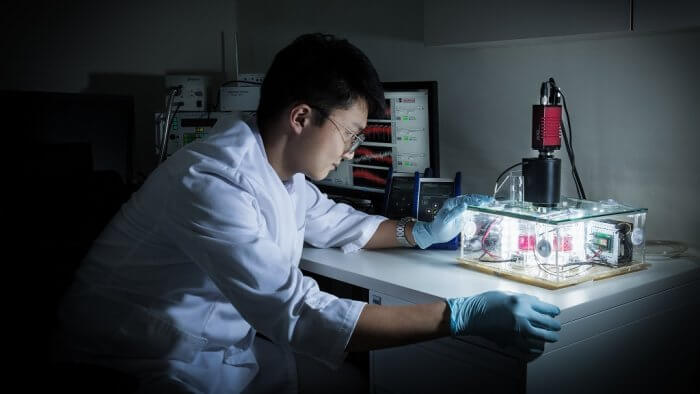
3. How did the business develop?
The company has come a long way since it was founded in 2014, especially since going public in October 2017 in Toronto and Frankfurt. The first half of 2018 saw the building of infrastructure for commercialisation of our technologies, including the establishment of our facilities in Irvine, California, and expansion of our integrated office and laboratory space in Hong Kong.
We have also further developed the MyHeartTM Platform as well as the hardware and software, enhancing the accuracy, sensitivity and throughput of our assays which are all key for commercialisation. From starting with Pfizer as the first global pharma client, we have gone on to add new clients to the list.
With key recruits of industry executives, who bring with them extensive pharma and biotech experience and connections, into leadership positions in the second half of 2018, we have launched a new marketing campaign to reach out to target clients in the pharmaceutical industry.
In October this year, we have also signed a deal to enter into a partnership to produce GMP-grade human heart cells, as another step towards the translation of our heart engineering technologies into clinical applications as cell-based regenerative therapies.
4. Tell us about market conditions.
Drug discovery and development continue to be an unacceptably inefficient and expensive process, with a failure rate of over 90%. Cardiac toxicity is a major reason behind the failure, manifesting only when the drugs reach clinical trial stage or even after they have been approved for marketing.
This cardiotoxicity often fails to be detected earlier, due to the limitations of traditional animal and simple cellular models to predict true effects of the drug candidates on the human heart. Conversely, efficacy of drug compounds on the human heart is also inadequately detected in these traditional models.
With billions of dollars and 10-plus years invested in the clinical development of each drug, there is a strong incentive for drug developers to close this gap between animal/cellular testing and clinical trials.
So needless to say, the pharmaceutical industry is acutely aware that in order to overcome these limitations and radically improve the success rates, they need to adopt a new paradigm for drug testing, and in recent years we have observed an industry-wide interest in human stem cell-based assays as a potential alternative or even replacement of existing models.
5. What’s been the biggest challenge?
Despite the enthusiasm we have seen so far, this does not always translate into an immediate adoption of the technology. While many industry scientists we have spoken to expressed an interest in our MyHeartTM Platform, it takes time and extensive validation for pharma companies to fully adopt new technologies.
We understand that this is part of the process as seen with all disruptive technologies including smartphones and electric cars: it requires persistence while we continue to deliver high-quality science and boundary-pushing innovation.
6. What major bumps in the road have you had and how did you overcome them?
With our founding team being almost exclusively trained as academic scientists, the early stages of fundraising were particularly challenging as it took many rounds of trial and error to fine-tune our investor pitch. Initially we put a lot of focus on the technology, but we soon realised that we needed more than the science to impress the investors.
Finding the right mix of technological “wow factor” with business sense took time, especially when pitching to investors who are new to stem cell biotechnology. With the invaluable help of our strategic investors and business advisers, we have been able to identify the pitch that could engage and entice investors.
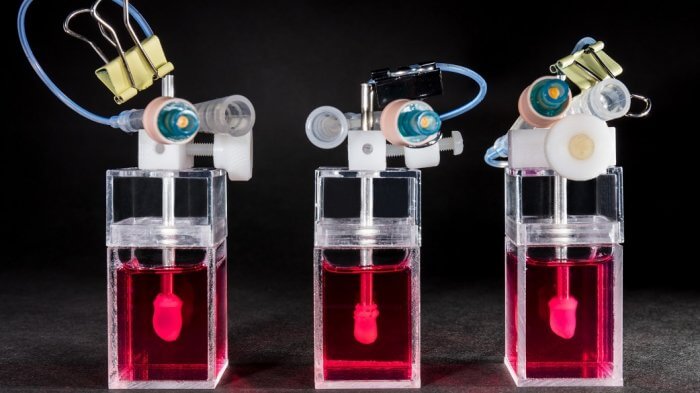
7. What sets your business apart from the rest and how have you nurtured this point of difference?
One of our strengths is the range of expertise in our team: in Novoheart, scientists trained in cardiac physiology, stem cell biology and tissue engineering work closely and routinely together with materials, hardware and software engineers as well as data scientists, and this creates a special synergy that allows us to develop high-quality human heart tissue models, and at the same time, fully utilise them by providing tailored and optimised hardware and software with artificial intelligence approaches, to produce a streamlined process for data acquisition and processing.
It is this unique “chemistry” that has allowed us to develop the world’s first ‘human heart-in-a-jar’, and build modular bioreactors together with software that allow us to monitor multiple hearts at the same time, round-the-clock in a stably controlled environment.
This is coupled with machine learning algorithms developed in-house to analyse the data in an unbiased and comprehensive way, maximizing the information we can derive efficiently and effectively from these assays: for example, we recently published how such a machine can be trained to automatically identify whether a drug belongs to a certain class based on its mechanism of action.
Together, our next-generation smart assays promise to be even more powerful than they are now. We have strategically maintained this mix of expertise in the team, making sure that there is frequent cross-talk to provide an iterative cycle that will keep driving technological developments.
8. How do you attract and retain good people?
We believe in empowering our team members, with clear communication of the corporate vision and goals. It is important to create an environment where staff feel fulfilled and valued.
9. What's your best advice to would-be entrepreneurs?
It can take time for a market to understand, appreciate and ultimately adopt new ideas, so entrepreneurs shouldn’t get disheartened if they don’t see immediate results coming from their innovations.
There have been innumerable examples, from vinyl/CD/MP3s to digital photography and electric cars, where technology innovations see only incremental traction in their early stages but capture more and more of the market until they ultimately hit mainstream acceptance and become the incumbent in their industry.
Prof. Ronald Li is a co-founder of Novoheart, and has been serving as the CEO since 2016. He is concurrently Director of Ming-Wai Lau Centre for Reparative Medicine, HK node, Karolinska Institutet (KI), Sweden. Prof. Li has been an advocate of stem cell technology for many years, starting from his career as Assistant Professor of Cardiology, and Cellular and Molecular Medicine at the Johns Hopkins University (JHU) School of Medicine.
Thanks for signing up to Minutehack alerts.
Brilliant editorials heading your way soon.
Okay, Thanks!